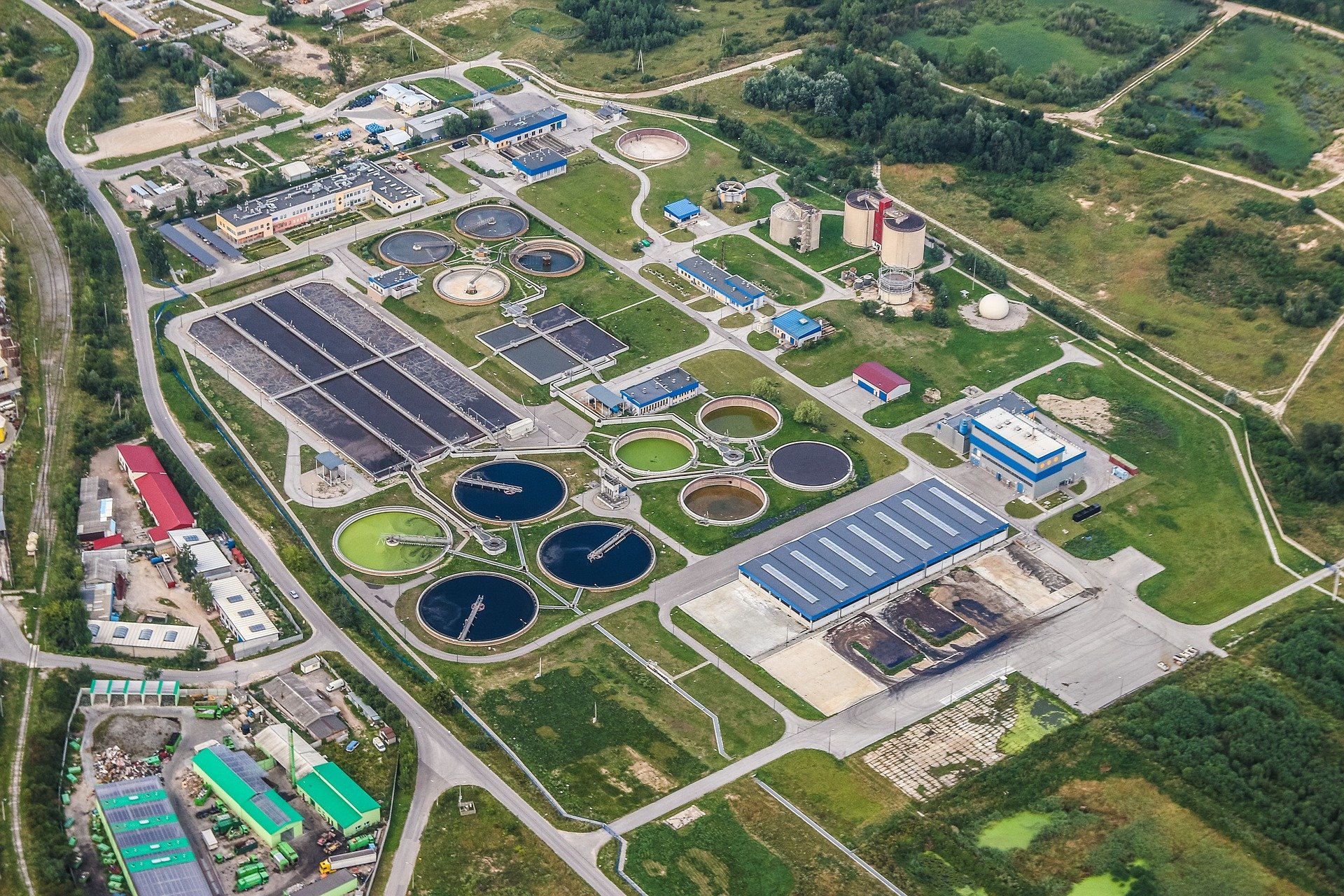Requirement #4: Visit¶
\(\boxed{\mathbb{REQ}\Large \rightsquigarrow}\) Visit a place where water is being processed either by humans or by nature (wastewater treatment plant, naturalist center, conservation department, etc.), take a tour, and speak with a professional about the processing of the water. Discuss with your counselor the STEM being used.
Tip
You can complete this requirement using a virtual visit!
Water facts
There is the same amount of water on Earth as there was when the Earth was formed. The water from your faucet could contain molecules that dinosaurs drank.
Water is composed of two elements, Hydrogen and Oxygen. 2 Hydrogen + 1 Oxygen = \(H_2O\).
Nearly 97% of the world’s water is salty or otherwise undrinkable. Another 2% is locked in ice caps and glaciers. That leaves just 1% for all of humanity’s needs — all its agricultural, residential, manufacturing, community, and personal needs.
Water regulates the Earth’s temperature. It also regulates the temperature of the human body, carries nutrients and oxygen to cells, cushions joints, protects organs and tissues, and removes wastes.
75% of the human brain is water and 75% of a living tree is water.
A person can live about a month without food, but only about a week without water.
Water is part of a deeply interconnected system. What we pour on the ground ends up in our water, and what we spew into the sky ends up in our water.
The average total home water use for each person in the U.S. is about 50 gallons a day.
The average cost for water supplied to a home in the U.S. is about $2.00 for 1,000 gallons, which equals about 5 gallons for a penny.
Water expands by 9% when it freezes. Frozen water (ice) is lighter than water, which is why ice floats in water.
These facts were compile by the US Environmental Protection Agency (see box below to learn more about the EPA)
Note
What Is the Environmental Protection Agency (EPA)?
The Environmental Protection Agency (EPA) was established in December 1970 by the executive order of President Richard Nixon. It is an agency of the United States federal government whose mission is to protect human and environmental health. Headquartered in Washington, D.C., the EPA is responsible for creating standards and laws promoting the health of individuals and the environment. The EPA was created in response to widespread public environmental concerns that gained momentum in the 1950s and 1960s. From the EPA’s creation, it has sought to protect and conserve the natural environment and improve the health of humans by researching the effects of and mandating limits on the use of pollutants.

Waste water treatment plant. Can you identify the various stages of water treatment? Click on image for full credit.¶
Attention
Once you have completed this requirement, make sure you document it in your worksheet!